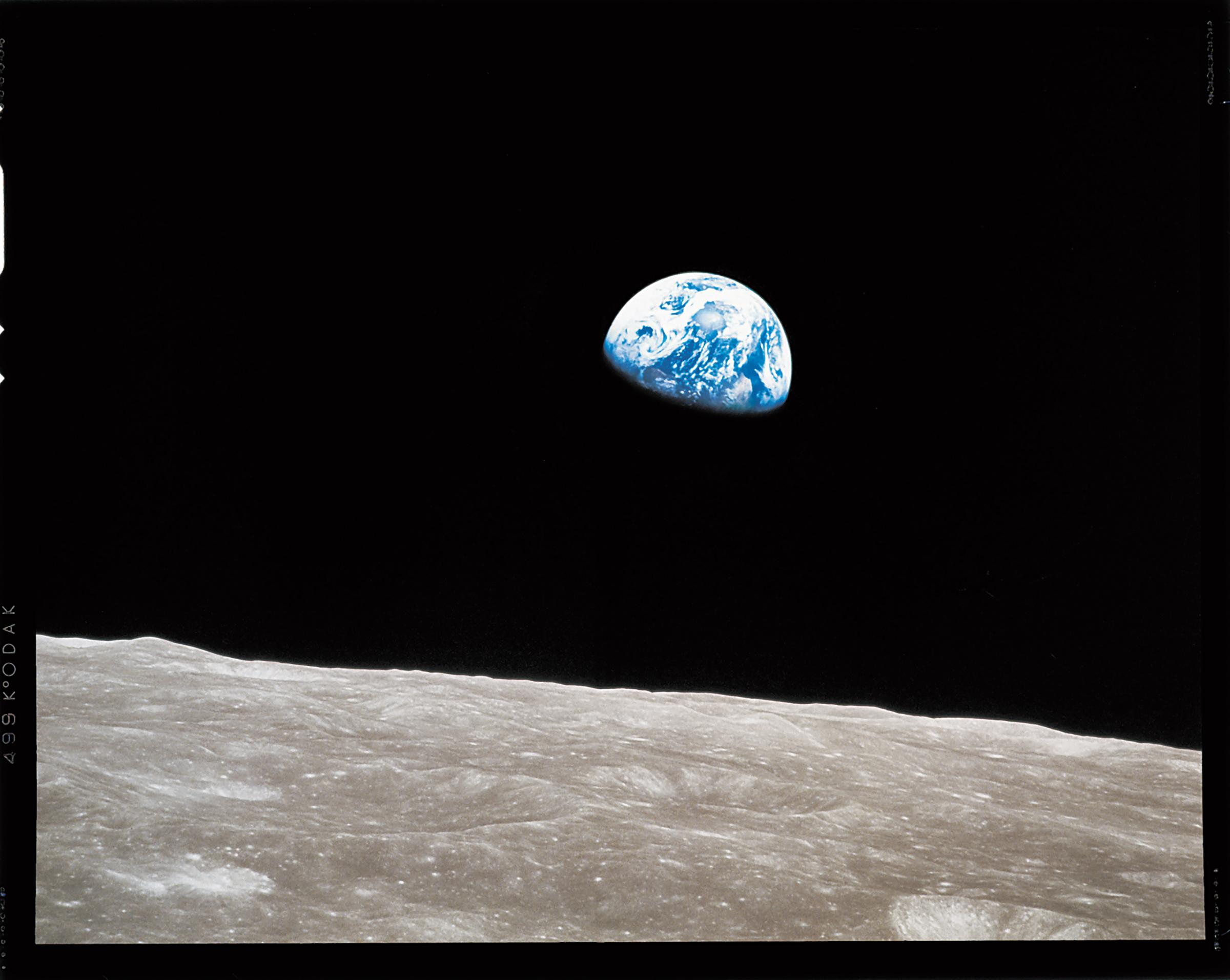To celebrate the launch of TIME’s new multimedia project – 100 Photographs: The Most Influential Images of All Time – we asked leaders in a number of fields, from technology to the arts to business, to share the single photograph that most influenced our lives. Purchase the 100 Photographs book now.
If you’re the first to go somewhere, you will have vistas that no one else has seen. That’s what happened with the crew of Apollo 8. They went to the Moon, orbited a dozen, 15 times. They were coming around the back side, and there was Earth. William Anders lifted his Hasselblad and he snapped the picture now known as Earthrise.
In this image, which is one of the most recognizable images ever obtained, we see Earth as nature intended it to be viewed: the ocean, land, clouds. There are no countries in that image. There are no national boundaries or state borders. By 1970, the Environmental Protection Agency was founded under a Republican president. Leaded gas was banned. The catalytic converter was introduced. The Comprehensive Clear Air Act was passed. The Comprehensive Clean Water Act was passed. The Endangered Species Act was updated. Earth Day was founded.
Suddenly, we were thinking of Earth as a system; Earth as a collective home for all of humanity. That happened while we were going to the Moon, and it was birthed by that photo. That photo became part of our culture. We were different because of that photo.
Neil deGrasse Tyson is an astrophysicist, best-selling author and host of Cosmos: A SpaceTime Odyssey.


More Must-Reads from TIME
- Donald Trump Is TIME's 2024 Person of the Year
- Why We Chose Trump as Person of the Year
- Is Intermittent Fasting Good or Bad for You?
- The 100 Must-Read Books of 2024
- The 20 Best Christmas TV Episodes
- Column: If Optimism Feels Ridiculous Now, Try Hope
- The Future of Climate Action Is Trade Policy
- Merle Bombardieri Is Helping People Make the Baby Decision
Contact us at letters@time.com